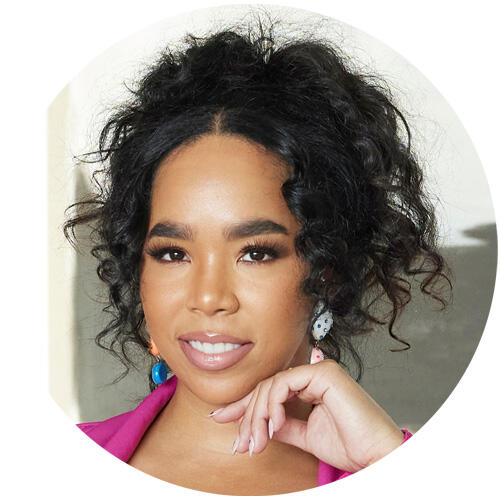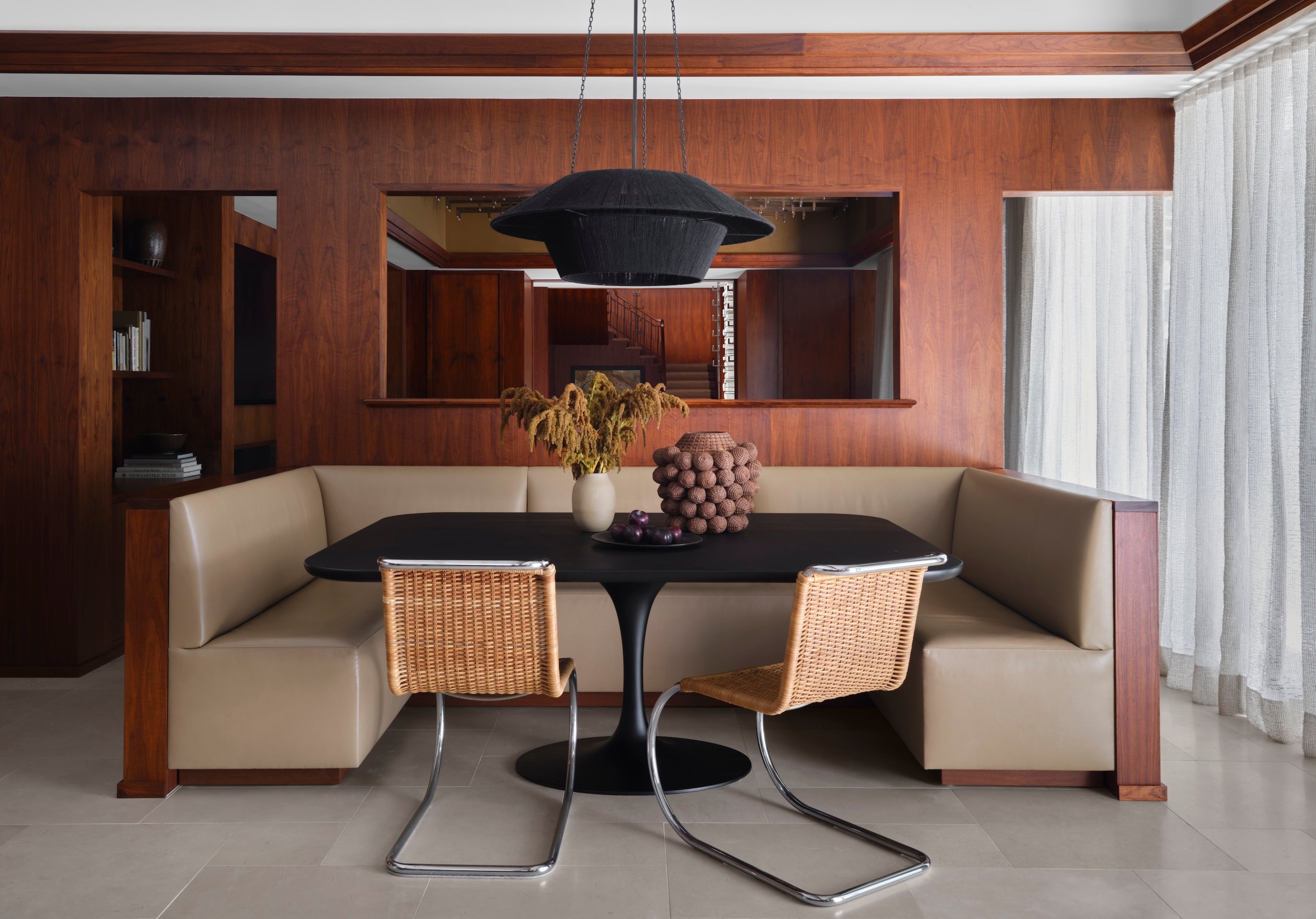Knowing when a client won’t mesh well with your business is vital for both you and them. This week, we asked seven designers—Theresa Butler, Hannah Goldberg, Steven Graffam, Shaolin Low, Brett Northart, Lisa Sherry and Kara Thomas—about their client red flags and when they say no to a project.

Everybody’s an Expert
“If they say they could do it themselves but just don’t have the time, that tells me that they don’t really want a designer, but rather an assistant to help them put their house together. And all the obvious red flags—they’re mean, disrespectful or clearly do not understand the value of your talent—those are all nos for me.” —Shaolin Low, Studio Shaolin, Kailua, Hawaii

Guiding Voice
“Just like any relationship, people will give you hints of their flags early on if you are paying attention. Don’t ignore the signs. And trust your instincts. It is important to stay firm on your boundaries early on in this working relationship to establish a strong dynamic. Some clients may just be unfamiliar with the whole process of working with a designer and need a little extra coaching on how everything works. If they continue to be difficult, then it may be time to cut ties. Never continue a project out of desperation—it’s never worth it in the long run. On the other hand, some great clients are a mismatch because of budget issues. These clients are harder to let go of because you may get along well, but if the money is not there, it is important to accept the reality of the situation and allow them to come back to the project when they have the funds. The moral of the story is: Stay clear on your goals for your firm. Not every client or project will end up the way you envisioned—it happens to the best of us!” —Kara Thomas, Studio KT, Los Angeles

Beware the Serial Client
“I’m spoiled. Overall, my clients are intelligent, busy, trusting and excited to partner with my studio to elevate their space. So when I meet clients for the first time—and I never delegate this call or meeting—I’m looking for common ground on things like style, budget and timeline management, communication style, and the overall process. I listen and I share. I’m always curious to know if the prospective client has worked with a designer in the past. First, this tells me a lot about their understanding of the overall design process. It can be revealing too! There’s the occasional serial client, one who’s worked with multiple designers and is never, ever satisfied. This is a trouble-ahead forecast!” —Lisa Sherry, Lisa Sherry Intérieurs, Charlotte

Intro to Pysch
“Determining whether a client is a good fit is a skill in itself. There have been instances where both the discovery call and initial consultation go smoothly, but you gradually learn more about how your clients operate and communicate as the project progresses. Our strategy revolves around maintaining clarity and ensuring that all our messaging is crystal clear. Many designers have a ‘red flag’ list, and if a potential client ticks two or three boxes, they’re out. However, TBI takes a different approach. We understand that not every client will be a perfect match—after all, we’re all human, right? If we were to dismiss clients for issues that could be resolved with effective communication, we wouldn’t have any clients at all. For us, clients typically aren’t a good fit if their budget doesn’t align with the level of design we offer, if their timeline clashes with our schedule, or if our personalities just don’t jibe—and that’s OK. Occasionally, we encounter potential clients with a specific design style that we don’t specialize in. In such cases, we happily refer them to firms that may be better suited to their needs.” —Theresa Butler, Theresa Butler Interiors, Atlanta

Get a Good Read
“My firm typically gets a good sense of whether or not a client is a fit during our initial meeting. While sometimes it involves a bit of digging and questioning, we strive to really understand the client’s goals and aspirations before starting a project so we have a clear understanding of their expectations. Oftentimes, it is about understanding what they don’t want as much as it is knowing what they want! When clients communicate clear expectations, we can do our job much more effectively and produce high-quality results. When a potential client doesn’t communicate well or provide constructive feedback, we feel like the project may not be a good fit for our firm.” —Steven Graffam, Stivale Graffam Home, New York

Couples Therapy
“We do two meetings to qualify our potential clients—a complimentary discovery call and an in-home consultation—and between those two meetings, we hope to get a good sense of whether a client is a good fit for our firm (and vice versa). There are several communication touch points surrounding these meetings and when we submit a design proposal, and a good indication that a client is not a good fit is when a couple cannot get on the same page and it is clear I am going to be a marriage counselor through the whole project. This could be an aesthetic disconnect or a budget disconnect—but if I have to be an intermediary between my clients to get decisions made, or potentially have to deal with expensive change orders due to indecision, I know the project is going to be more stress than it is worth.” —Hannah Goldberg, Hannah Charlotte Interiors, Washington, D.C.

Budget, Timeline, Style, Oh My!
“Whenever we talk with prospective clients, we like to get to know about their project as well as about their family, unique personality and overall vision. It’s critical that we align on a high-level stylistic direction, as well as realistic expectations for the nitty-gritty stuff like budgets and timelines. When clients want their new penthouse ready ‘yesterday,’ it puts unrealistic pressure on the design process. Everyone wants to move quickly, but if you expect a room to be designed and filled with furniture in a month, it’s just not going to happen. Also, it’s wonderful to have grand visions, but if a client’s budget doesn’t match their aspirations, it can lead to frustration on both sides. On top of that, a project can quickly derail if there isn’t a clear decision maker. Knowing who will be involved in the project upfront is crucial for both the designer and the client. We always try to understand who has the final word and how decisions are made by each family, as it helps avoid a lot of confusion during the process. Lastly, our firm’s designs lean heavily into textures and materiality, and they typically utilize a more neutral color palette. If someone comes to us looking for bright colors, bold prints and wild patterns in every room, we know we’re not the right fit stylistically. If there’s ongoing conflict about the stylistic direction, or if the client continuously changes their mind, it can turn a creative journey into a tug-of-war.” —Brett Northart, Lindsay Gerber Interiors, San Francisco





























